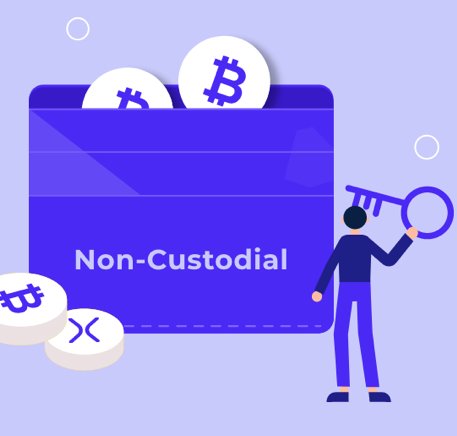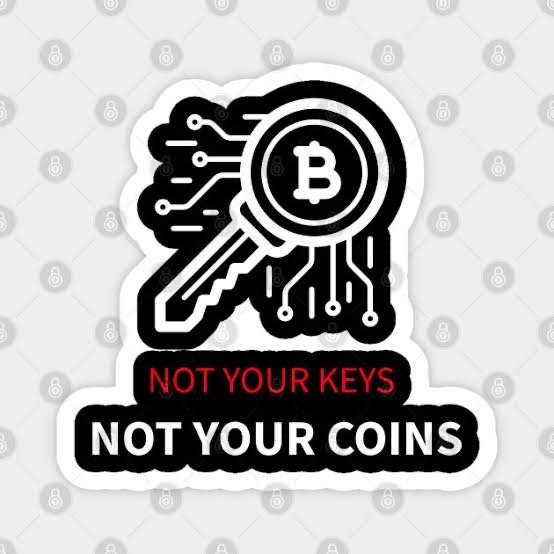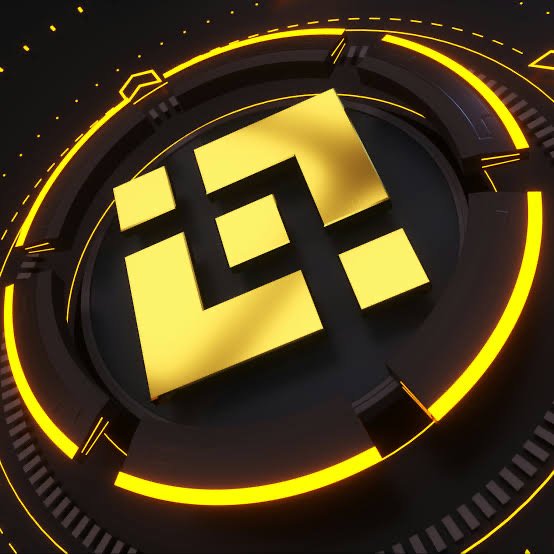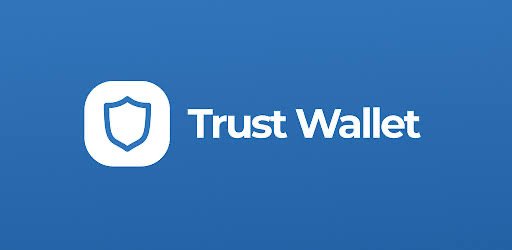Proof of Keys- Steemit Crypto Academy- S4W7- Homework Post for @awesononso
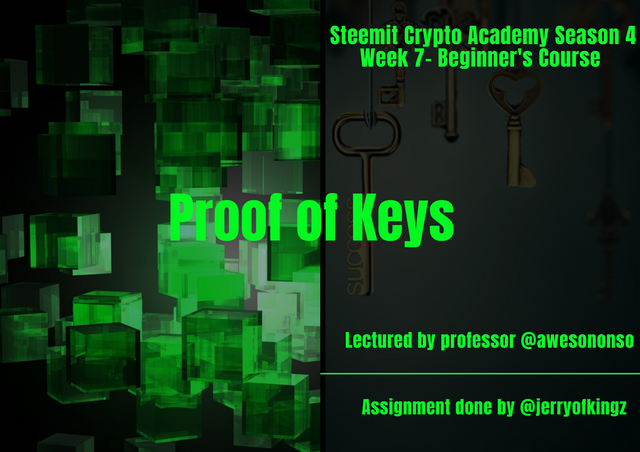
Hello great steemian, it is me again jerry kingzy and I welcome you all to week 7 on the steemit crypto academy. It has been an interesting moment and lecture with professor @awesononso and we have another intriguing and inciteful course this week on proof of keys, Happy Reading!!

Explain private and public Keys in relation to the custodial and non-custodial wallets.
First of all, in other to explain the differences between the custodial and non-custodial wallet concerning the private and public keys we should at least get to know and understand the meaning of the following; private keys, public keys, custodial & non-custodial wallets.
- PRIVATE KEYS
The private key is the most important of all the keys or among the keys in cryptocurrency, there are several other keys in the crypto blockchain which are useful in one way or the other.
What makes the private key important is that it gives access to and can unlock assets in a wallet. What do I mean by this? The private keys give a user access to their asset in their wallet.
With these keys, the holder has access to the assets in the wallet, whether it belongs to the person or not. Investors are advised to keep this key private and free from third-party because of the probability of tampering with the assets in the wallet.
The private key can be in form of a mnemonic key or seed, alphanumerical write-ups, and so on, and these keys are meant to be with the owner of the asset and not to be shared with anyone for efficient and guaranteed security. Just like the public keys are used in locking the crypto asset, the private keys are used in only unlocking the asset.
- PUBLIC KEYS
Public keys as the name implies are keys that would be shared with anyone in other to receive or lock an asset to the linked wallet. The public keys are like the wallet address which the user/investor uses in collecting or receiving an asset into their wallet.
These keys are public because they can't be used to unlock the assets in the wallet but only to lock them in. The main security in crypto is the decentralization and also the private key whereby the sole owner of the asset is the only one that has access to the key, which shouldn't be shared with a third party for security purposes. These are opposite to the public key because the public keys are made public in other to share it with people.
Through the keys, transactions from one individual to another would be successful without a mediator or third-party agent.
- CUSTODIAL WALLET
The custodial wallets are wallets whose private key is been saved and held by a third-party agent. To break this down, for instance, if Gerald should give his money to valentine for him to help and hold or secure his money, maybe to avoid him from spending it, Gerald has automatically given custody of his money to Valentine, placing valentine in charge and control of his money until whenever Gerald needs it back.
The custodial wallet is like giving the company charge over your assets and this is because they are the ones who would be in charge of the private key.
This is sort of trusting the company or exchange to secure your assets and return them when in need either to trade them or exchange them for another currency.
- NON-CUSTODIAL WALLET
The non-custodial wallet is the opposite of the custodial wallet, here the private keys to the wallet are been held and secured by the sole owner without the interference of a third party.
This type of wallet is been governed and secured by the owner of the assets, this means that the investors are in charge of their private key without the interference of any third party.
In a non-custodial wallet, wallet providers have no access to the asset or funds in the wallet, making it a secured asset unless been exposed to a third party.
I have in one way or the other explained the relation of private keys and public keys with the custodial and non-custodial wallet. But here I would be summarizing them altogether.
The custodial and non-custodial wallets both make use of the **private and public keys and this is one of the features of a wallet.
The private key can unlock and withdraw assets stored in a wallet either for an exchange or trade in the custodial and non-custodial wallets.
The public key can receive or lock an asset or fund in a wallet, be it a custodial wallet or a non-custodial wallet. As I said earlier on the public keys on how they are part of the features of a wallet.
The custodial and non-custodial has the same thing in common which is their address (locker and unlocked addresses) and this is the basic feature of a wallet.

What do you think about the Proof of Keys Day? What precautions would you take when participating.
The proof of key day is an event done annually to remind all crypto-asset holders of the importance of their private keys which goes with the saying “Not your keys, Not your Bitcoin”.
This was invented by a man named Trace Mayer which started on the 3rd January 2019 during Bitcoin's 10th anniversary. This was the origination of the proof of key day.
This inspires investors on the importance of holding their private key, for greater security Purposes
Most centralized applications/networks whereby they are in charge and have access to their customer's private keys can manipulate and tamper with their customer's assets displaying a fake asset that is not a real currency on their dashboard.
This is also just like the centralized bank, where people entrust their funds/assets in their hands in other to keep safe for them and also to help them save.
In as much as the bank are the ones in the custody of that asset, they have the right to do anything with the funds, and in other not to make much of a deal display a fake or computer configured amount on the dashboard of their system and that of the customer. So with this now about the crypto world, where investors stock up their coins in a centralized system, the proof of key has been adopted by all other cryptocurrencies worldwide not just bitcoin to remind investors of the advantages and reasons of being the sole owner and holder of their private keys.
This is why it is called a private key so that it would be only to the eyes of the owner without the involvement of a third party. So this strategy also reminds the crypto world and investors of the importance and existence of decentralized applications and websites.
This reminds and enlightens crypto users worldwide in the profits of being the one in charge of their private key.
Just like day to day life of a crypto trader and investor who tends to make transactions and exchanges from a centralized application or network to a decentralized application, they tend to take most precautions which if not taken could be of huge negative effect on the investor or trader.
Investors need to take the following precautions when transacting and performing exchanges from a centralized custodial wallet application or network to a noncustodial and decentralized network.
Investors are meant to understand and know That's coins are attracted to themselves, what do I mean by this, you can only send bitcoin to a bitcoin wallet, you can't send bitcoin to the ethereum wallet address, you will lose your asset.
The wallet address of an asset is attracted to the coin it is made for and unattracted to the coins or tokens it isn't made for. I will take you a brief story on this below.
what happened to a friend of mine today who wanted to transfer his SBD (Steem doallr) from a centralized application named coinex to his Steem wallet account, why? He made of mistake of not checking the address of where he intended sending it to, he sent his SBD to his STEEM WALLET account. Neither did the fund appear in his Steem wallet not canceled or stayed back due to mismatched addresses, his funds got gone just like that.
This kind of transaction does not exist in the world of crypto, whereby you send your ethereum to a bitcoin wallet. This is a big mistake which traders are called on to look out for in other to avoid loss of funds.
Since the asset is not refundable or trackable it is a very negative effect on investors and traders who lose their assets this way.
Traders and investors need to be aware of the network system they are sending their assets from and to, for instance, instead of sending your USDT through ethereum scan (ERC20) wallet to another ERC20 wallet address, the trader might make a mistake of sending his USDT through the TRC20 wallet ERC20 wallet. This would just occur as of the previous story I told you above about my friend.
So investors and traders are meant to be careful and sure over assets wallet address to send from and to.

Do you prefer Centralized exchanges or Decentralized wallets for storing your cryptocurrencies? Why?
First of all, I would talk about the centralized exchange to give insight and meaning to my reason for choosing any wallet exchange of my choice.
Centralized exchanges are exchanged platforms controlled and owned by a central body. These companies or groups of bodies who are in charge of these exchanges or wallets stored in their custody can tamper and manipulate these assets saved and stocked under them.
The centralized organization is in charge and control of every transaction and exchange made on its platform.
I would use Binance for instance
Binance is a cryptocurrency centralized exchange platform that was founded in the year 2017 by
Changpeng Zhao. Changpeng Zhao has created previously a trading software with a very high frequency, so his level in technology and cryptocurrency is a speck. Binance application network is owned by a man as I previously said, making it a centralized application and network due to the control and assessment of customers' assets.
The binance network is the largest cryptocurrency exchange in the world in terms of exchanges and daily trading volume.
Storing your asset in a centralized exchange such as binance is less complicating and secure to an extent. Why did I use the term “to an extent” this is in the sense that they are vulnerable to being hacked by internet fraudsters, unlike a decentralized network?
This system of saving keeps your wallet at risk in as much as your private key is been held and controlled by the company or wallet inventors.
But with the advantage of the centralized networking system being user-friendly to new investors and traders, this would be an attractive site for new investors. They would say “since it is an easy and less complicated platform to use, let us give it a try”. This also would help them understand the basics of trading.
Decentralized exchanges are cryptocurrencies exchanges governed and controlled by nobody. The decentralized exchange platform deals with a peer-to-peer means of transactions, which is carried out with mobile or internet-connected devices, this is one of the similar attributes and features with the centralized exchanges.
The centralized exchanges have no room for third-party in the transaction of funds and exchanges. And they are fully decentralized which means that there is no governing or central body giving orders and control over users asset. And that users of this platform have their private key which is not being held and controlled by the inventors or company.
I will use uniswap for instance
Uniswap is a cryptocurrency decentralized platform used for exchanges that simplify automated transactions with the use of **smart contract** in the ethereum blockchain.This platform has no control over users' assets in their platform. Here the user or investor has full access and control over their assets without the addition of a third party.
The trust wallet is the best ethereum wallet with a less complicated database that contains the dApps site where all sorts of crypto activities from other websites and programs can be accessed and carried out.
Saving and stocking your asset using the trust wallet application is a 100% secured asset because it is the owner of the asset that has the right to the private key of that wallet.
Here the private keys are been controlled and held by the owners of the wallet without the manipulation or involvement of a third party.
In as much as decentralized exchanges can be complicated and less user-friendly. They have the best security because of the sole control over the assets of users.
So with my reason above I would choose to stock and save my asset in a decentralized wallet in other to be in proper control and charge over my asset.
Just as Bitcoin was hacked on the 7th May 2019 which they lost over 7000 pieces of Bitcoin. Which after Binance made a speech saying that the variety of the method used by the hackers was a “large scale security breach”. And for this to happen won't guarantee that it would be the last, who knows.
So this kind of issue can be a demoralizing attribute to investors and traders, and for this reason alone, it would be a really big risk if unfortunately, something goes wrong in any of the centralized wallet applications or networks. These would be a huge effect and deserter on investors.

Let us assume it is Proof of Keys Day:
Transfer at least 20 Steem from your Binance wallet to your Steemit wallet.
In other to transfer your STEEM from your binance account to your steemit wallet, these are the following steps;
I Opened and login to my binance account
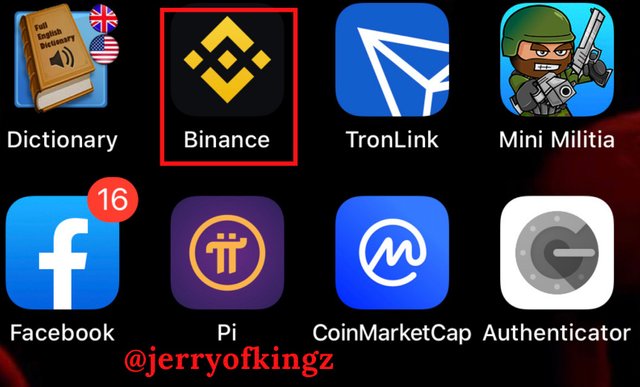
The screenshot was gotten from iPhone X homepage
I Clicked on the wallet as indicated on the image below, then I clicked on Steem as also indicated below in other to commence the transaction of the asset.
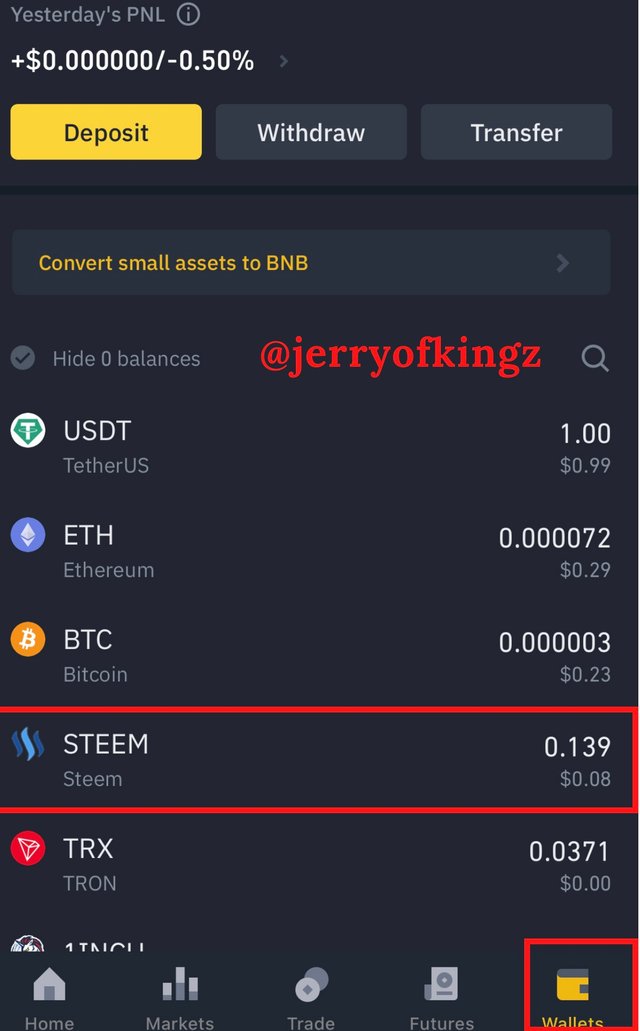
The screenshot was gotten from my binance app
I Clicked on withdraw
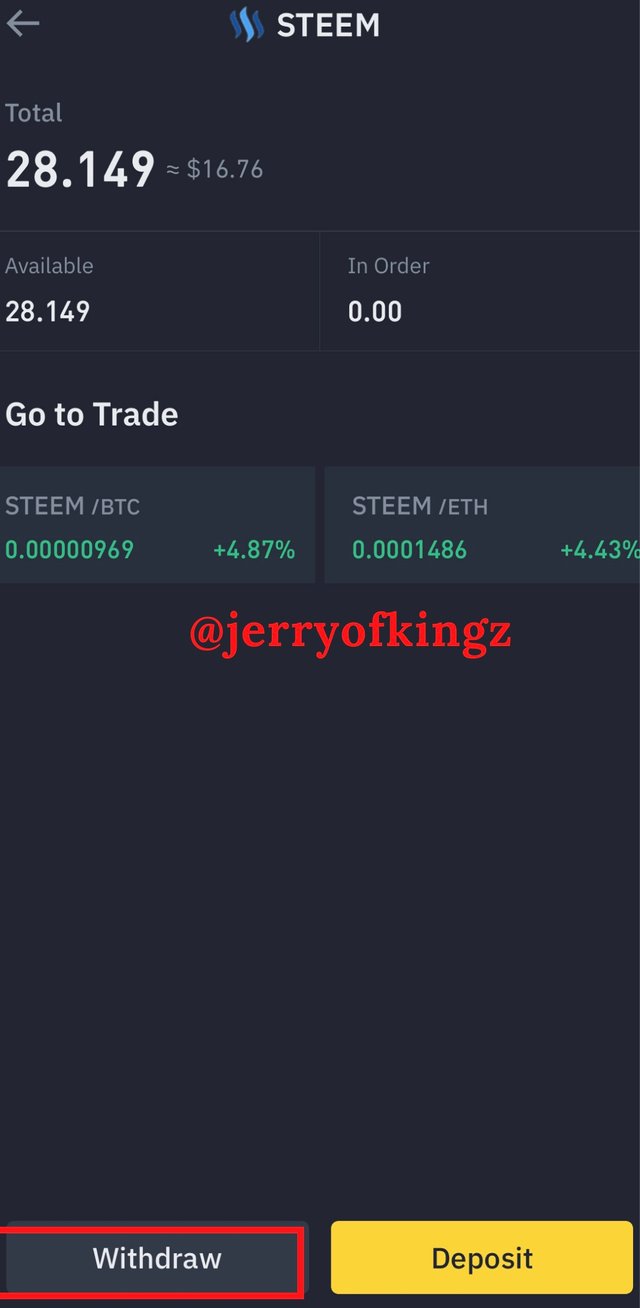
The screenshot was gotten from my binance app
After inputting my details as shown below, making my Steem username my wallet address, I clicked on withdraw as indicated below
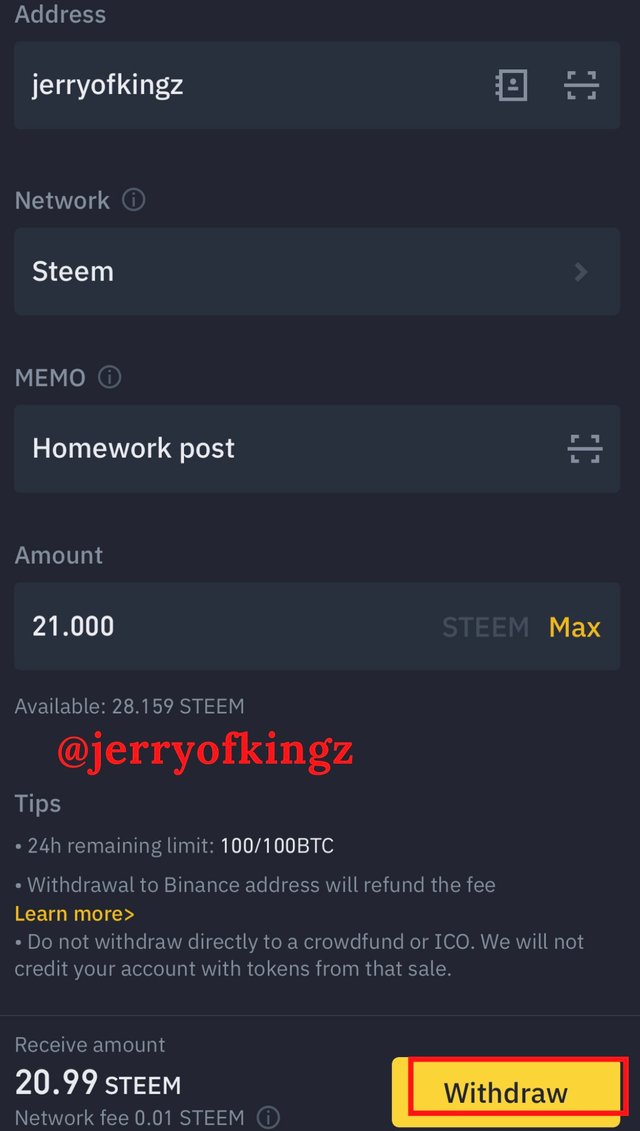
The screenshot was gotten from my binance app
I crosschecked my details in other to confirm the transaction.
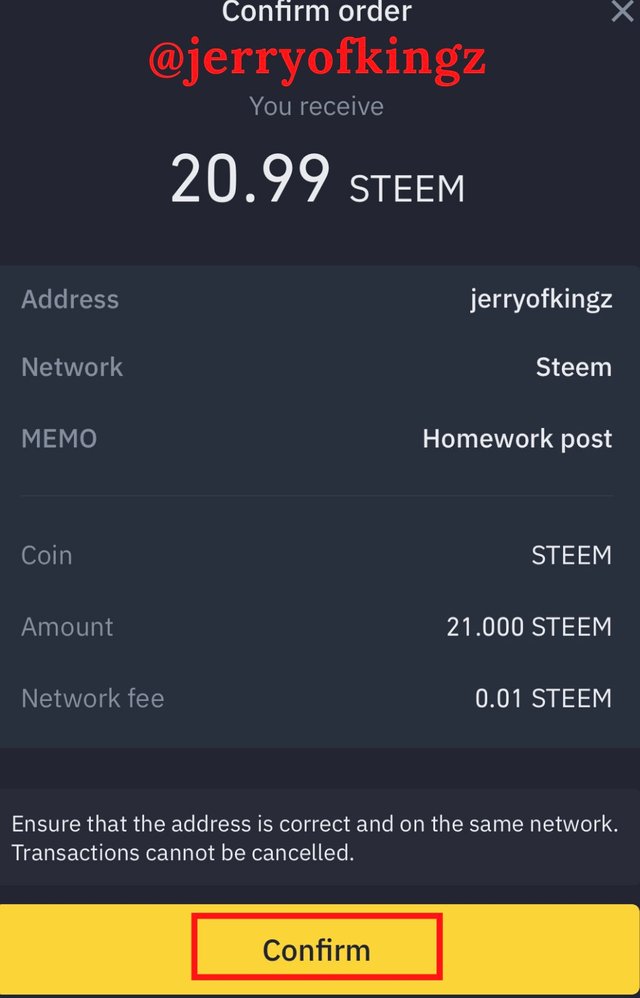
The screenshot was gotten from my binance app
The transaction has been sent successfully, it took not more than 1 minute which is its limit in terms of transactions.
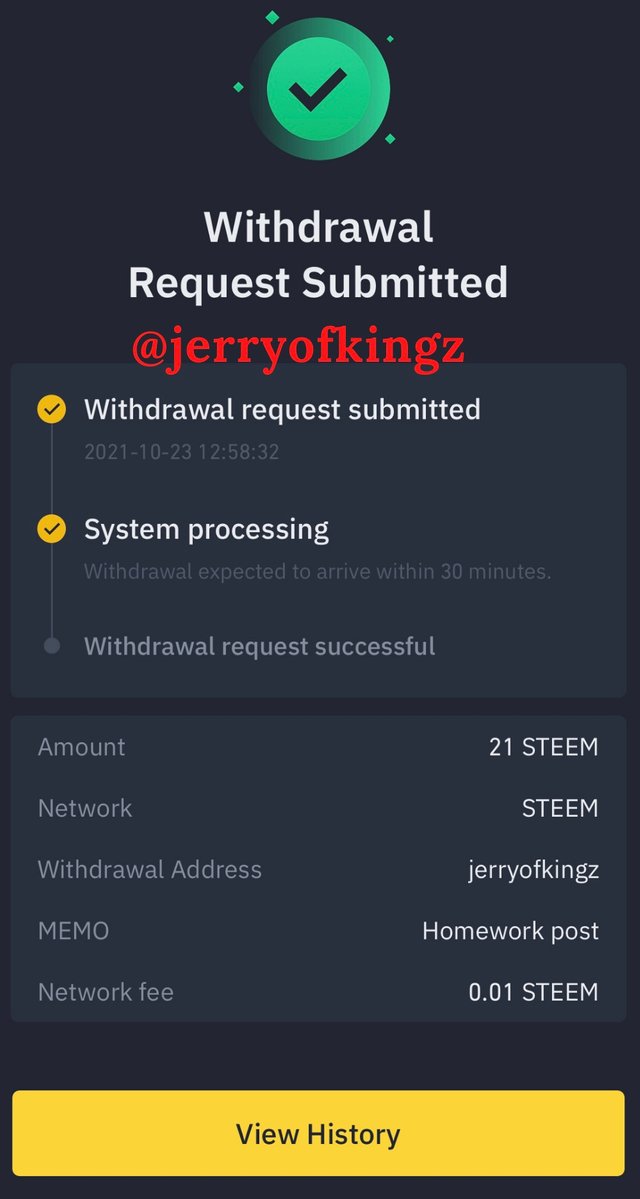
The screenshot was gotten from my binance app
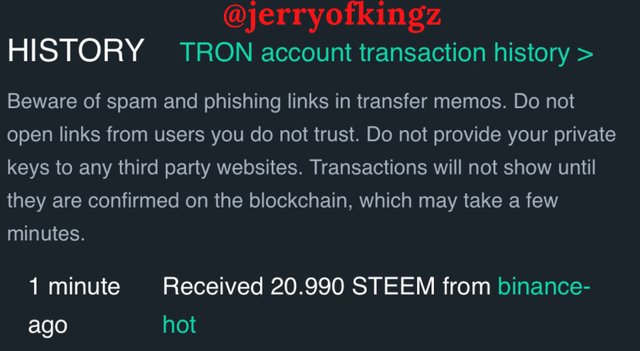
The screenshot was gotten from my steemit wallet

Let us assume it is Proof of Keys Day:
Transfer at least 50 TRX from your Binance wallet to your TronLink wallet.
(Provide Screenshots and make sure you have your Keys).
In other to transfer your TRX from your Binance wallet application to your Tronlink wallet these are the following steps.
Open and login to your binance account
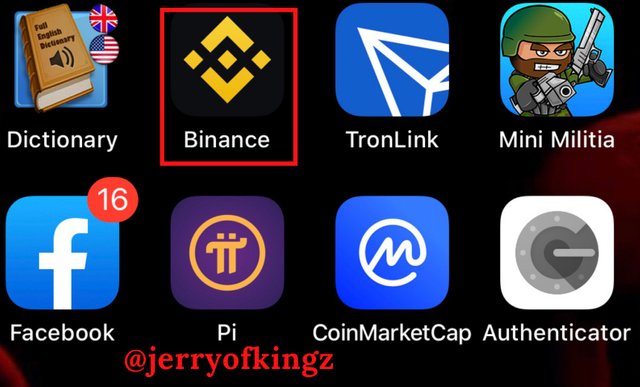
The screenshot was gotten from iPhone X homepage
Under wallet, I clicked on TRX in other to commence the transaction
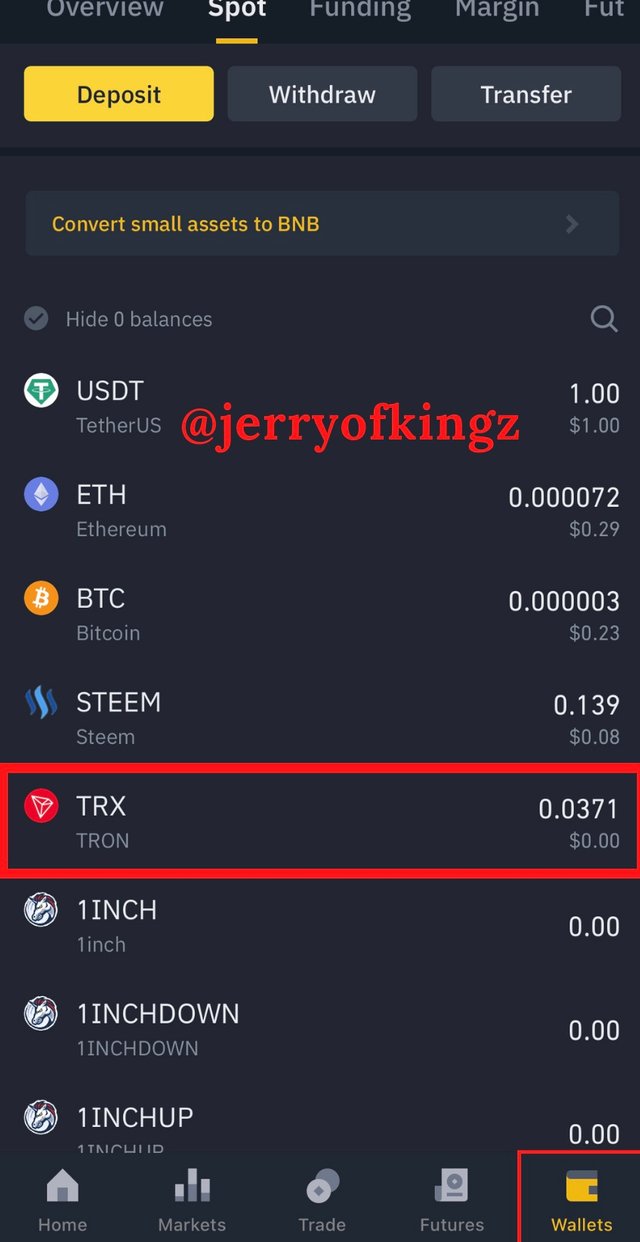
The screenshot was gotten from my binance app
I clicked on withdraw
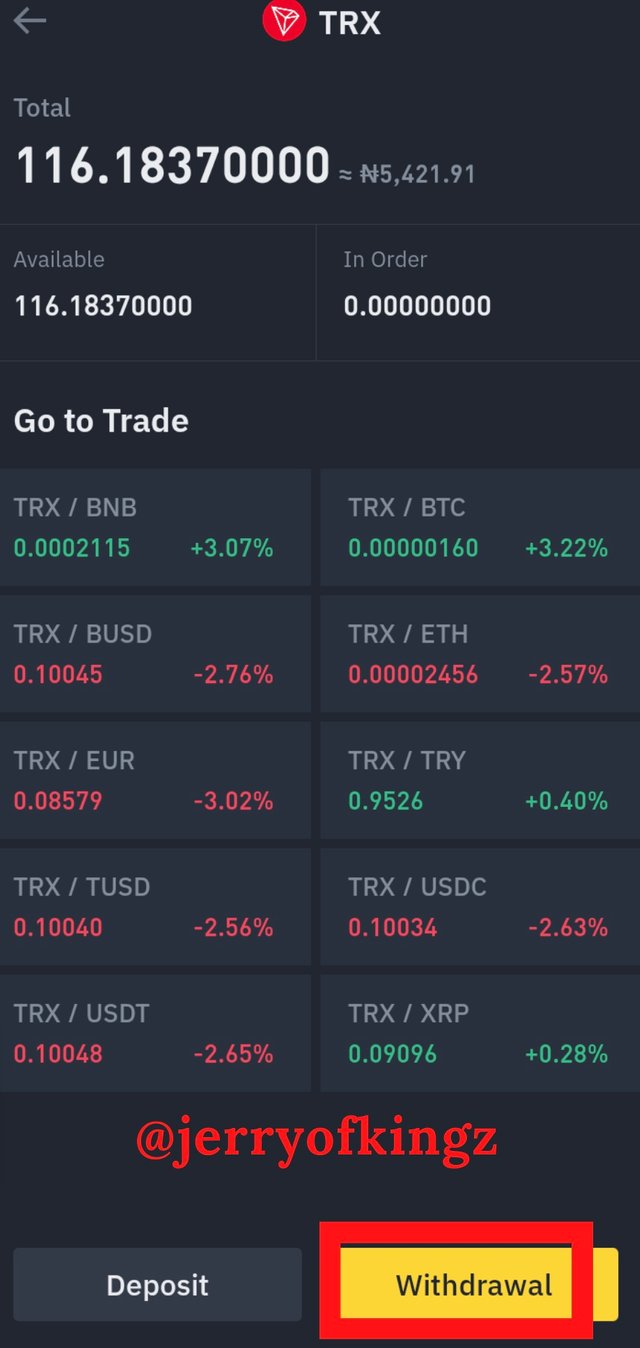
The screenshot was gotten from my binance app
I clicked on withdraw after inputting my tronlinkpro wallet address
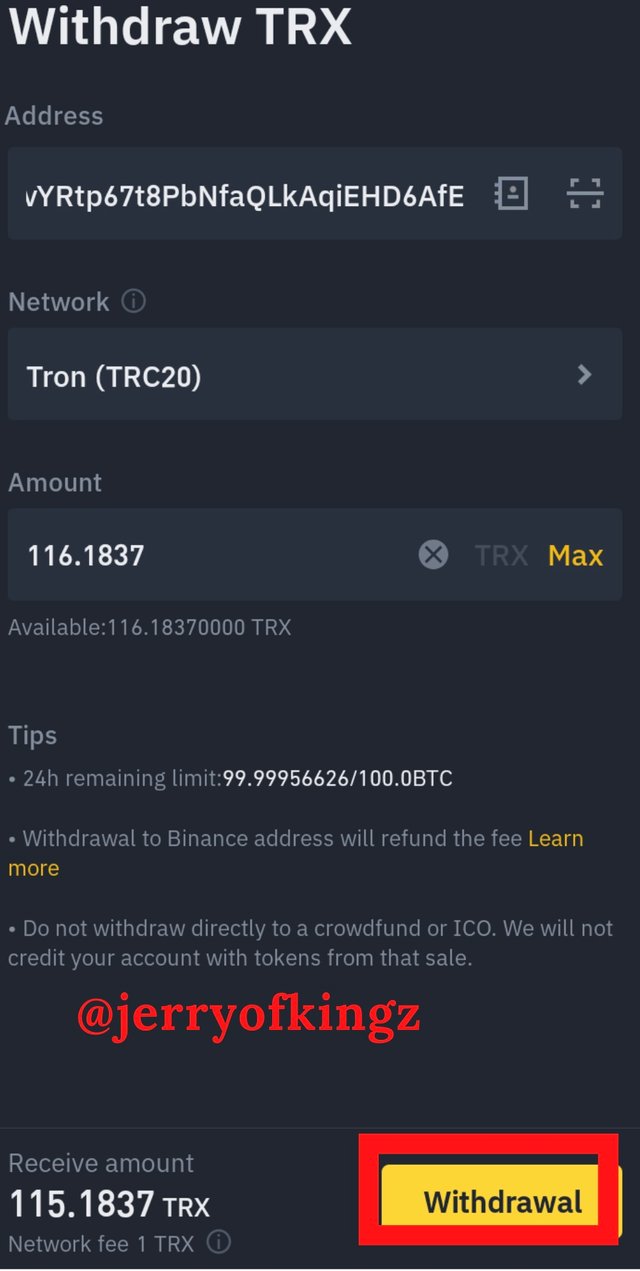 The screenshot was gotten from my binance app
The screenshot was gotten from my binance app
The request has been submitted to indicate that the transaction has been processed and awaiting arrival in a few seconds to the destined wallet
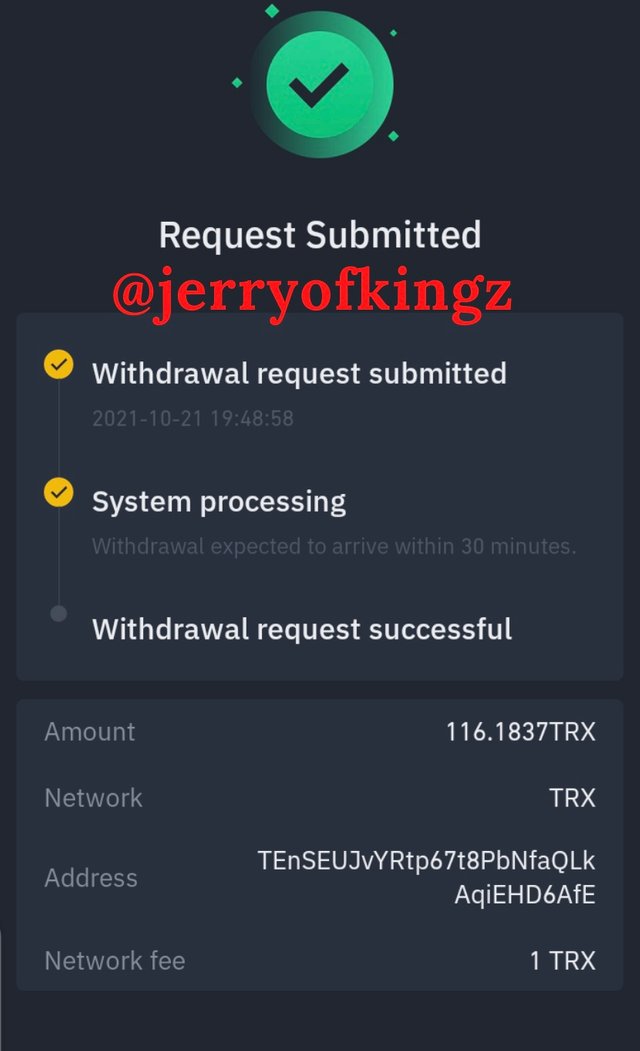 The screenshot was gotten from my binance app
The screenshot was gotten from my binance app

screenshot from my Tronlinkpro app

In one statement, what is the major significance of the transfers in question 4.
In one statement as the question said... The major significance of the transactions is the wallet addresses with the wallet addresses (public key) one can transfer their asset from one account to another.

Proof of key day is a format and a reminder to investors and traders on the asset they think they have because of the fact that they are not the ones with their private key which is the most important of the keys to keep private as the name implied.
This period of proof of key is a reminder to traders and investors to confirm if their assets are still safe in the centralized wallet or exchange. Investors and traders tend to transfer their assets from the centralized application to a decentralized application to confirm that their asset is still safe.
Just like the steps of the transaction I did above with the transfer of Steem from a centralized application named Binance to decentralized networking which is my Steem wallet.
This way traders and investors could certify that their asset is still theirs and safe despite the risk.
Thanks to professor @awesononso for a wonderful and inciteful lecture on proof of key




